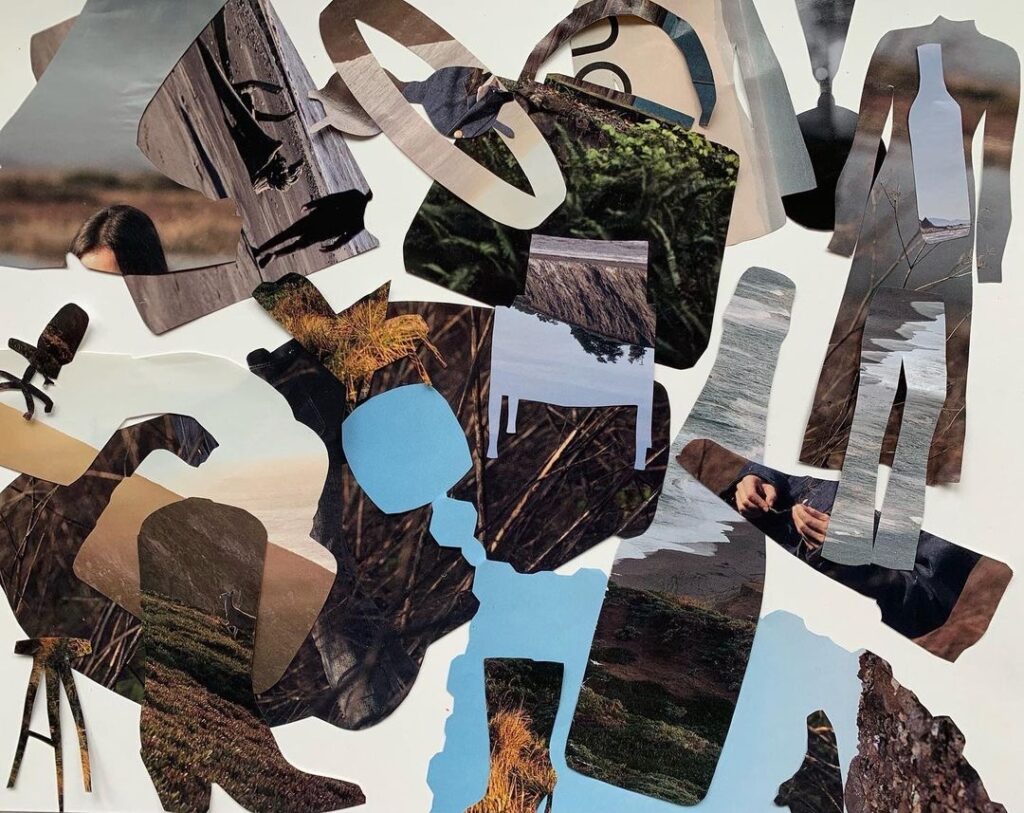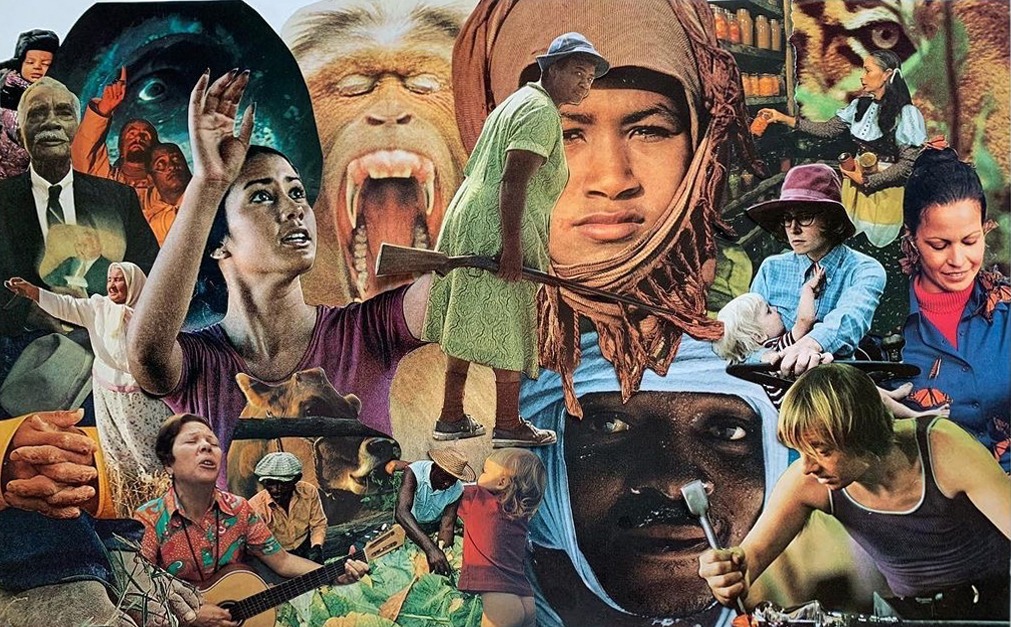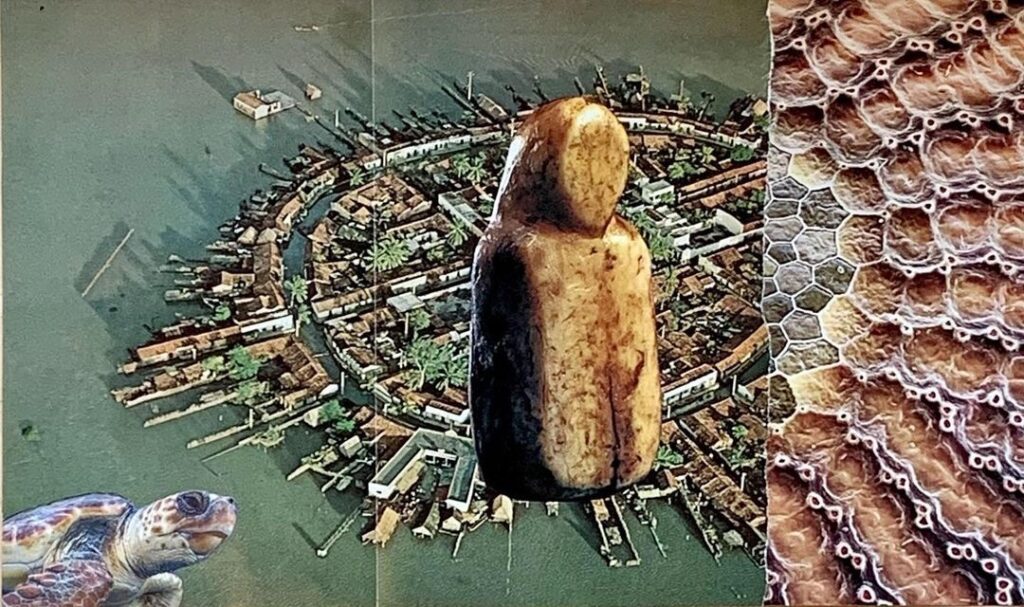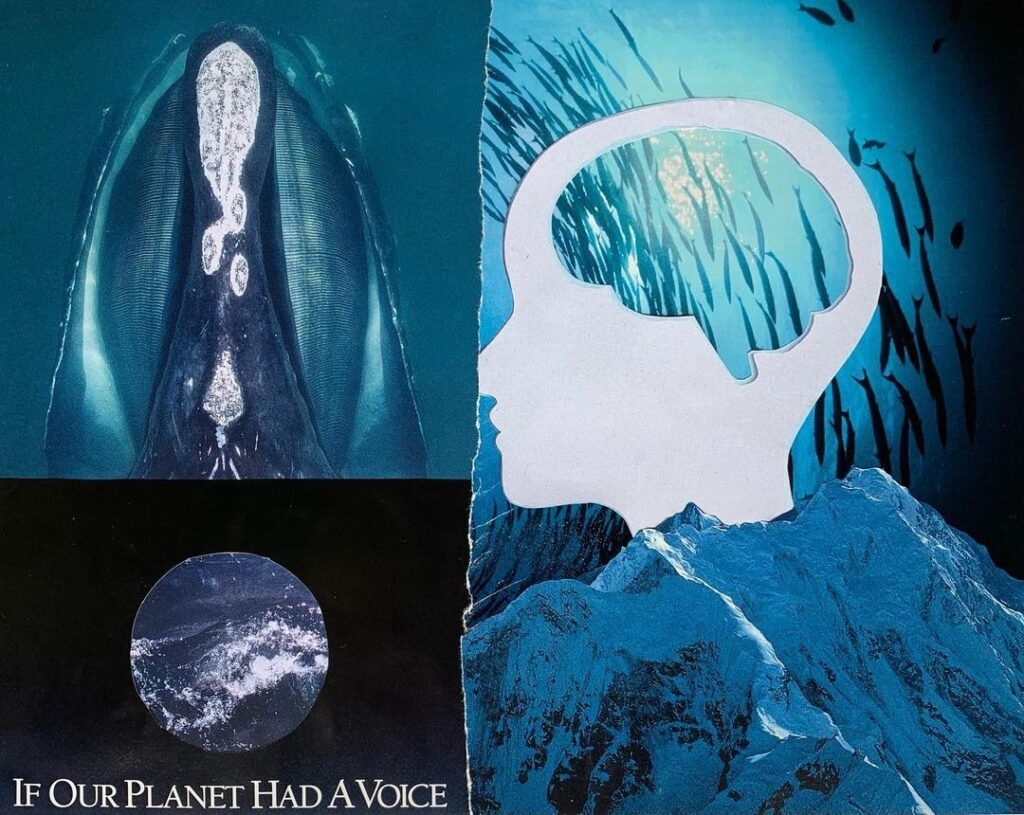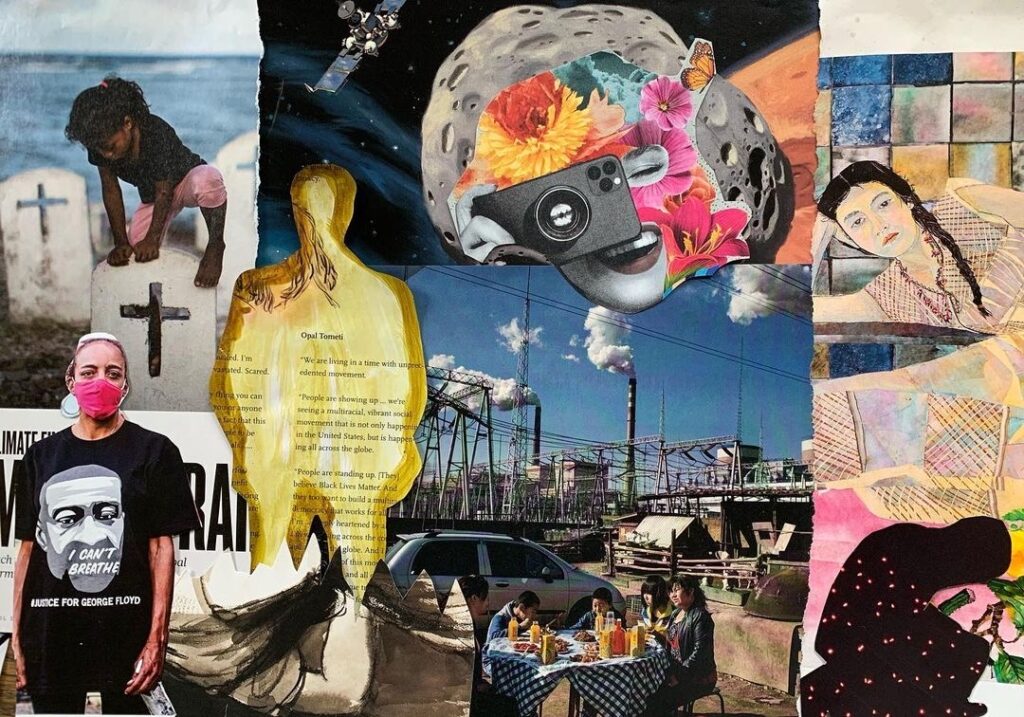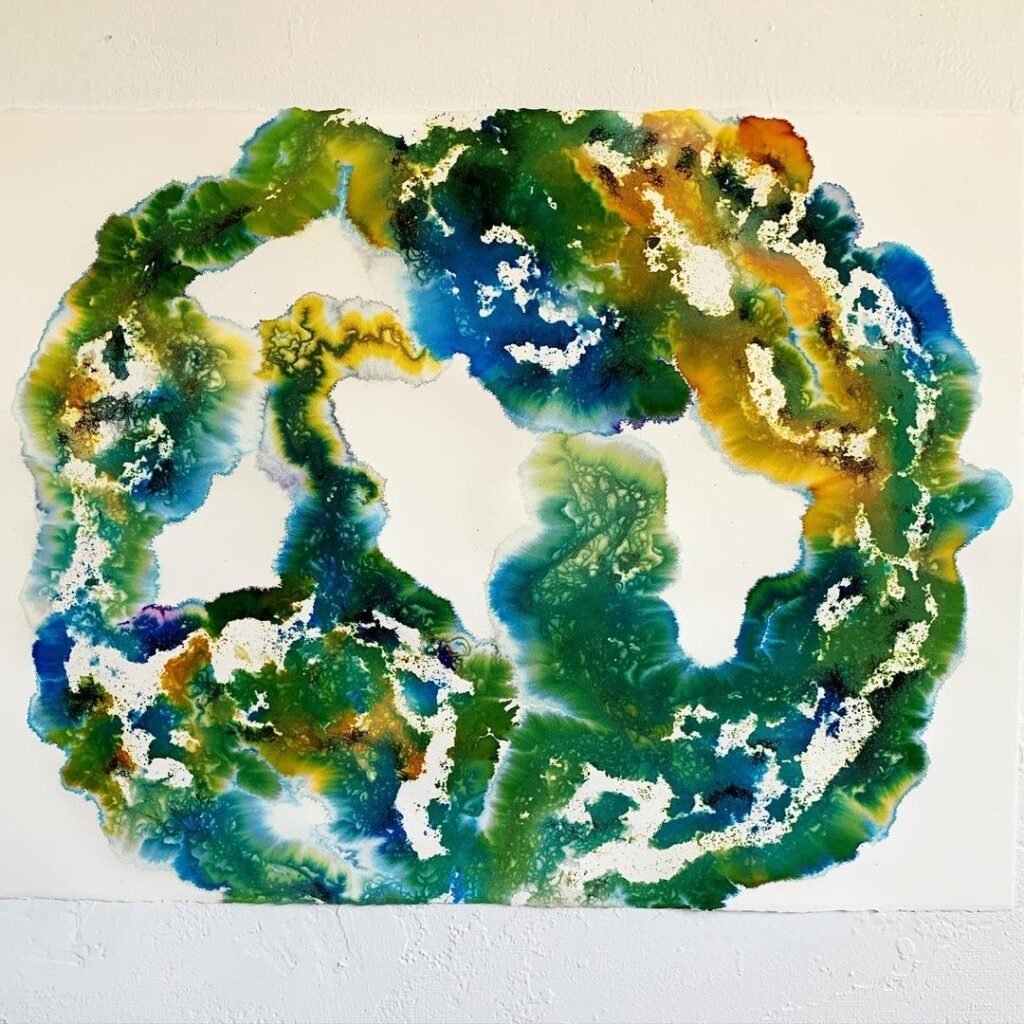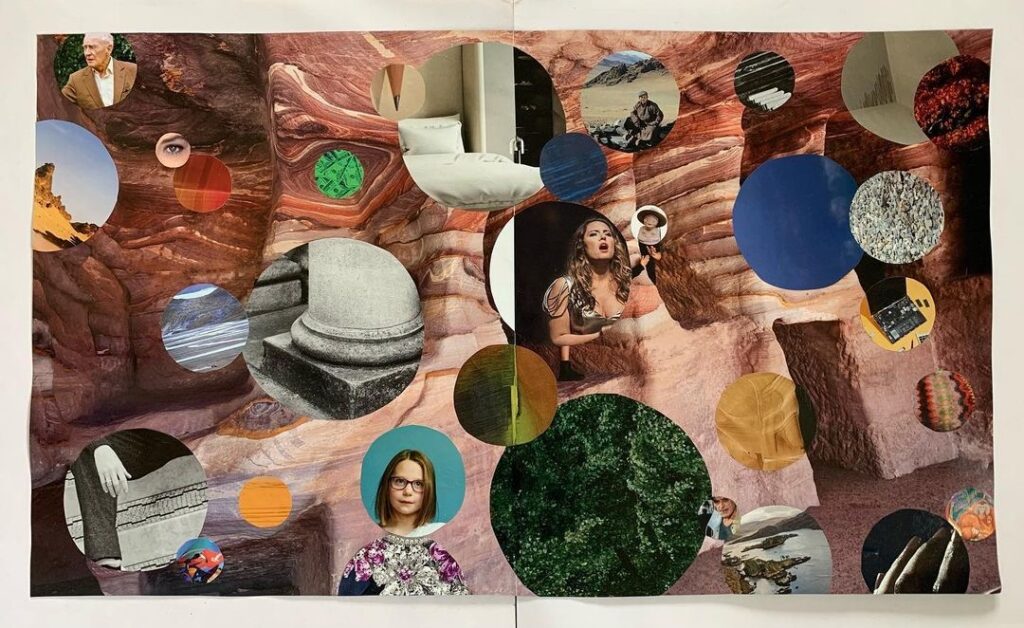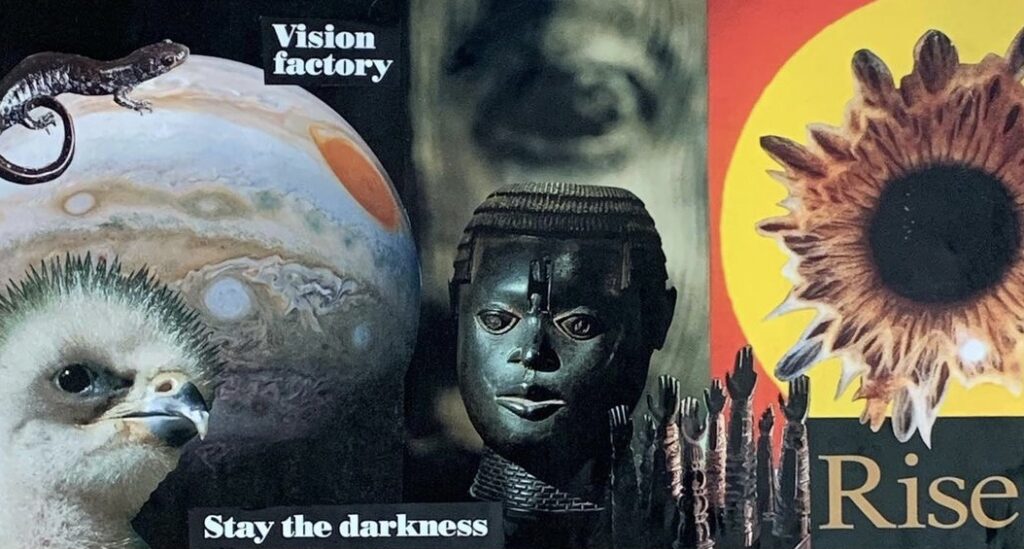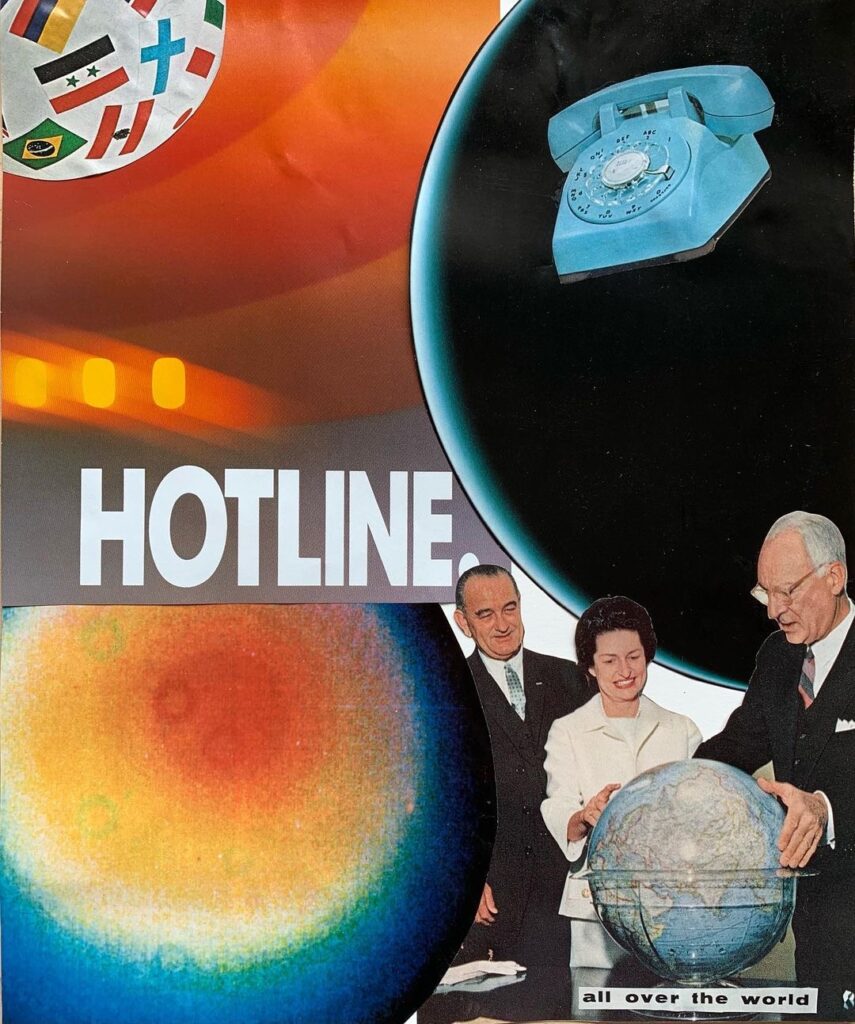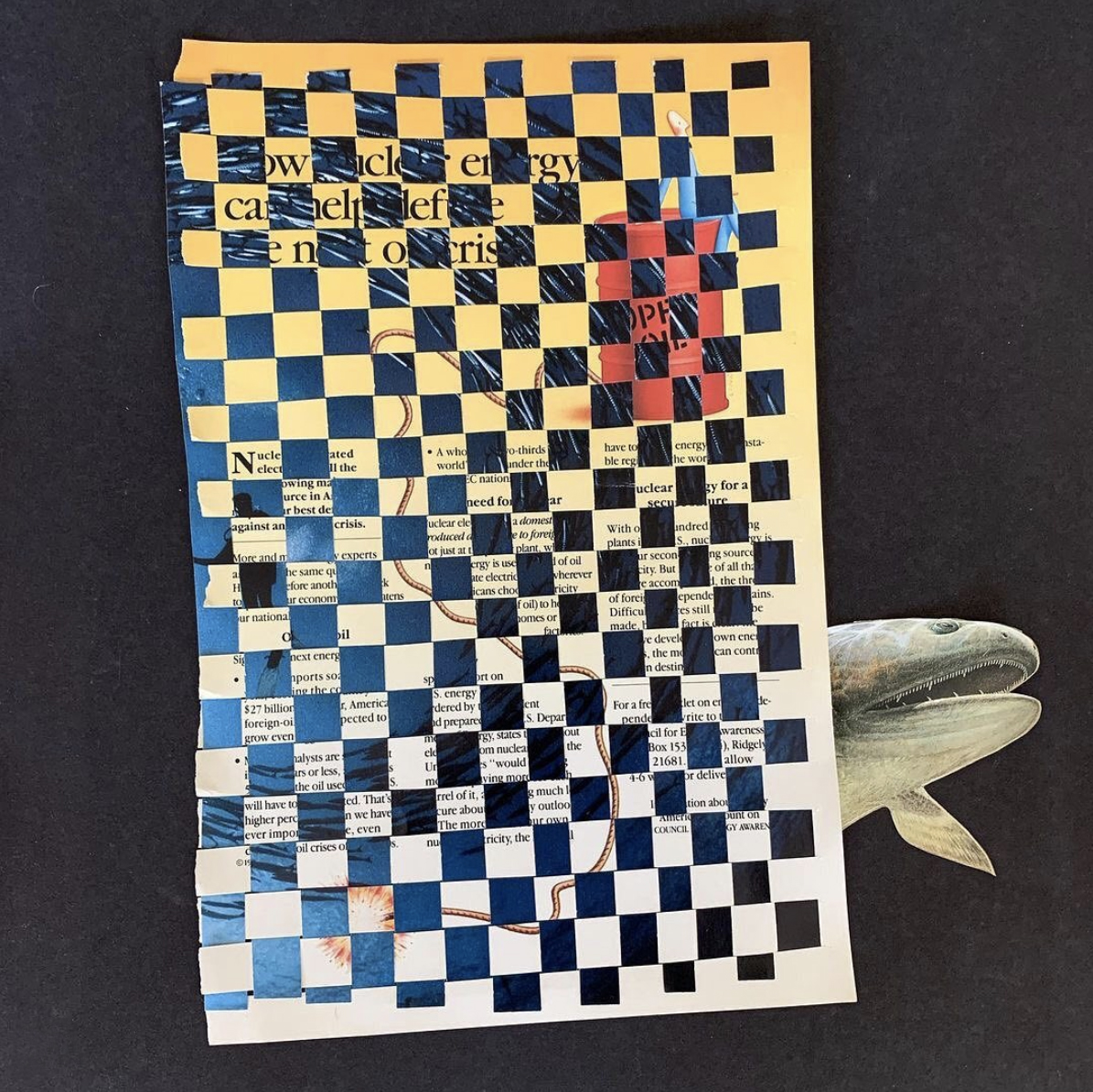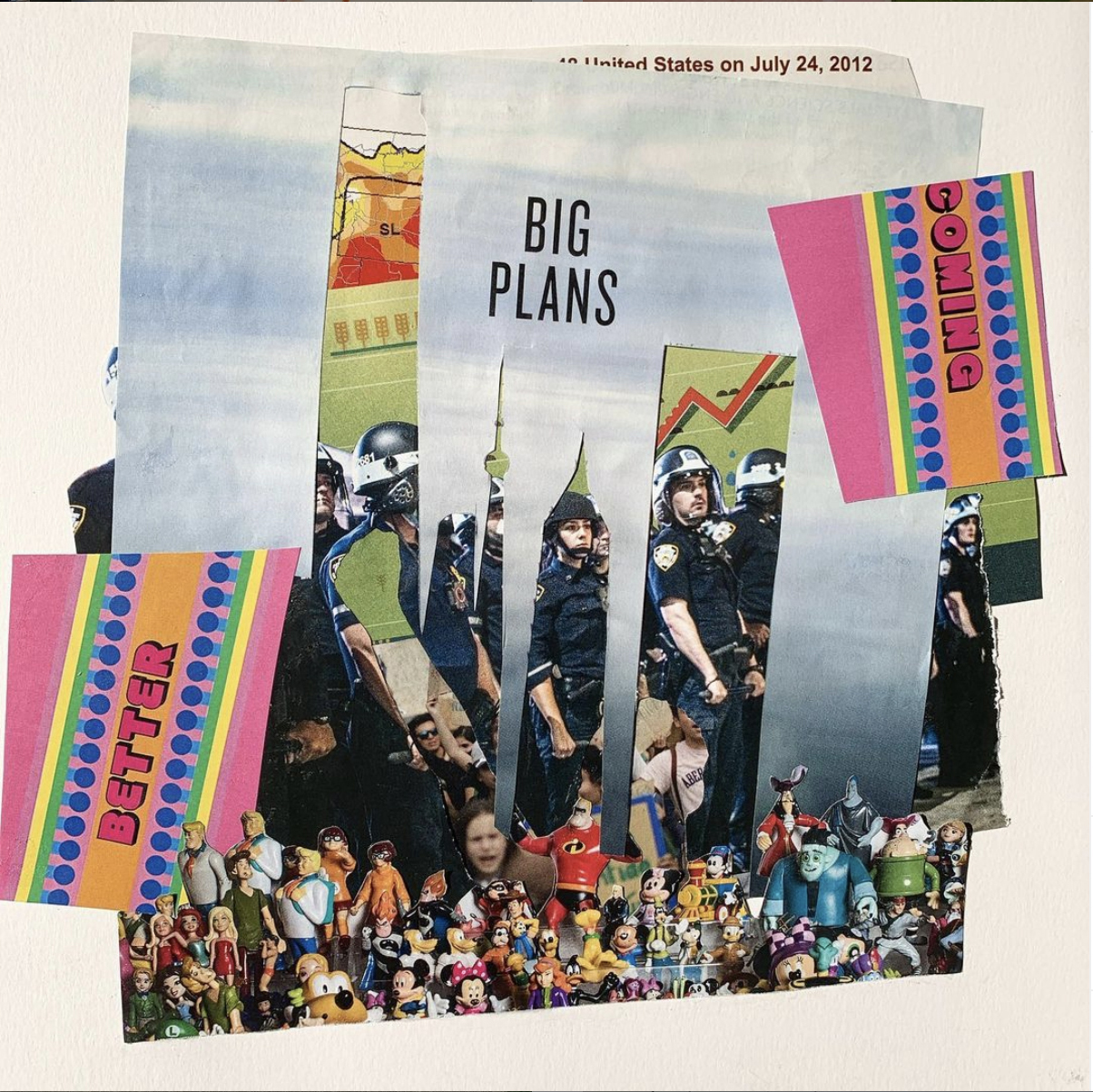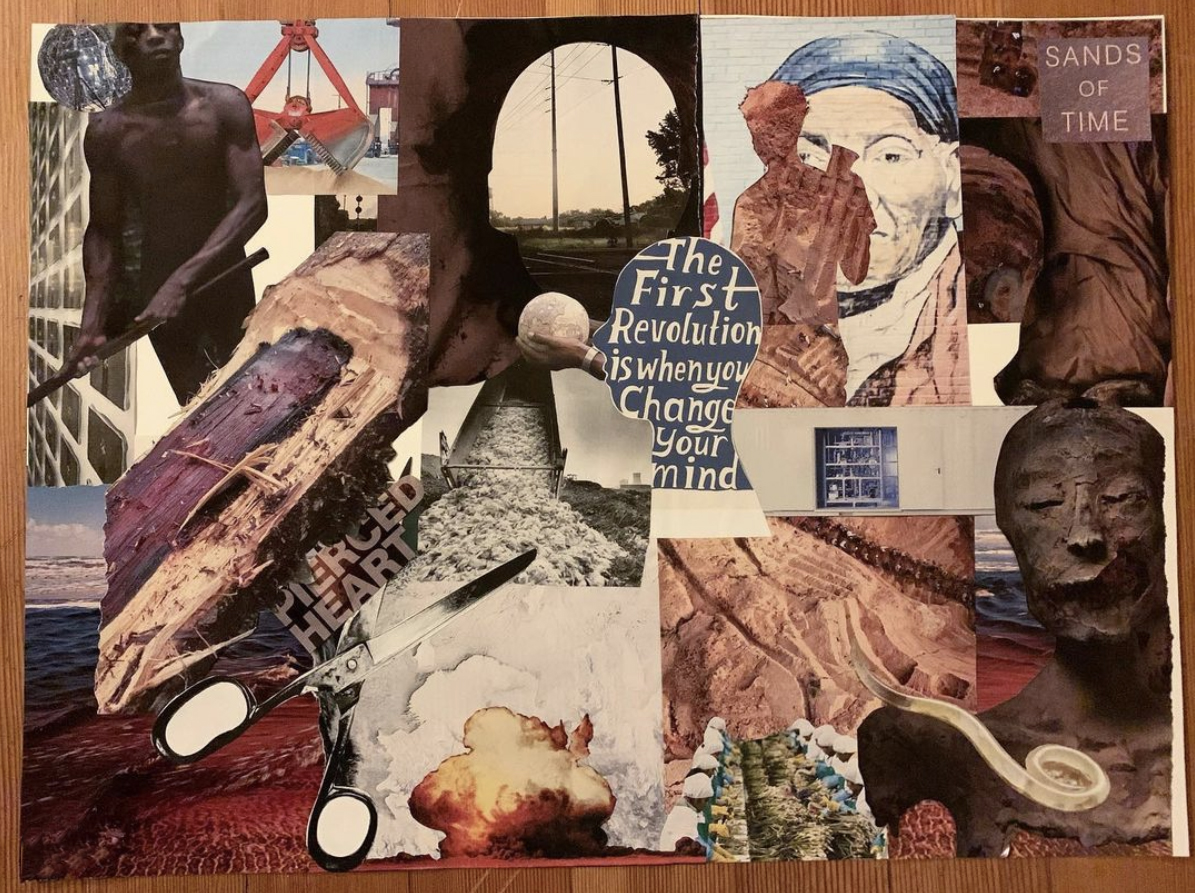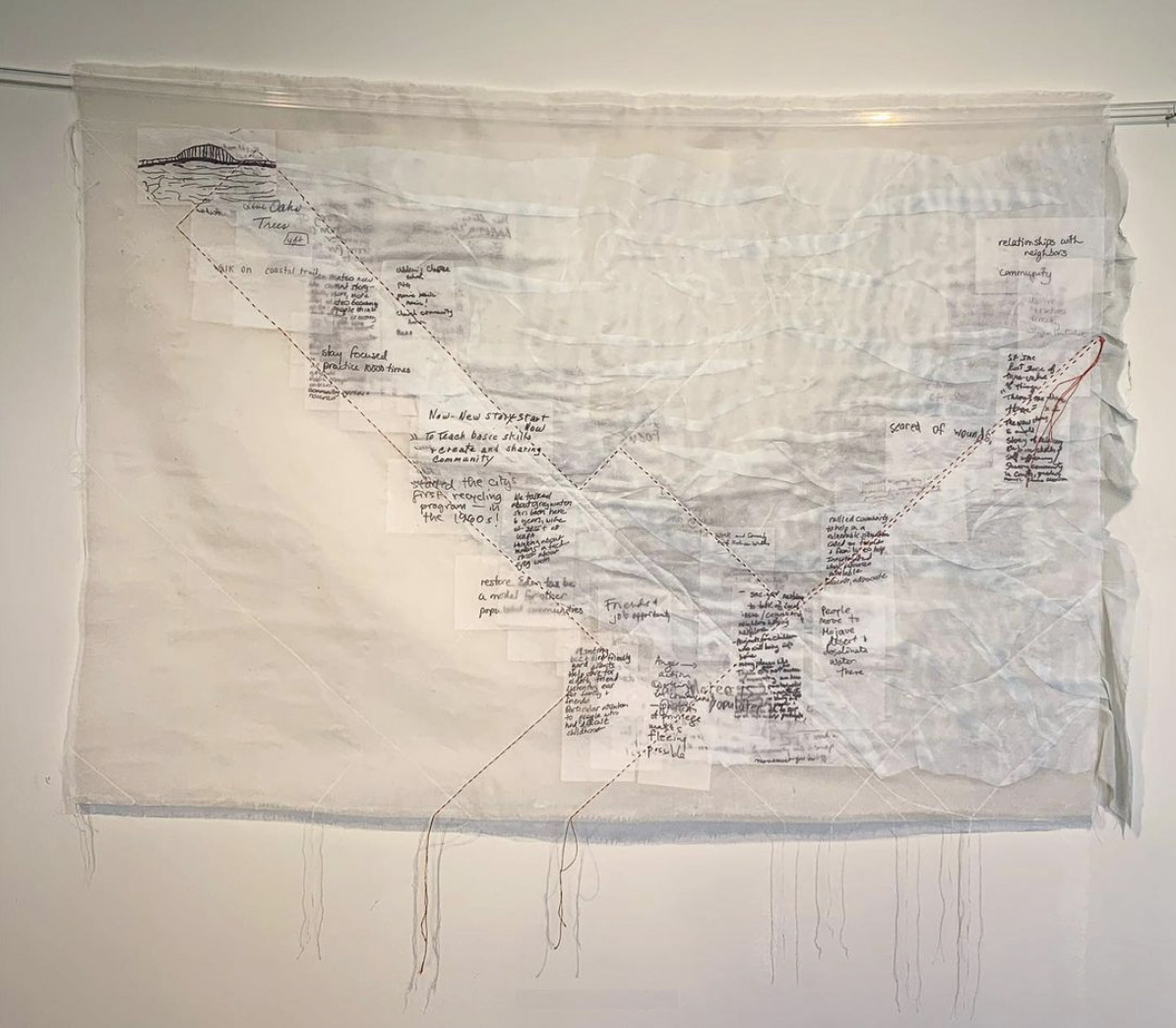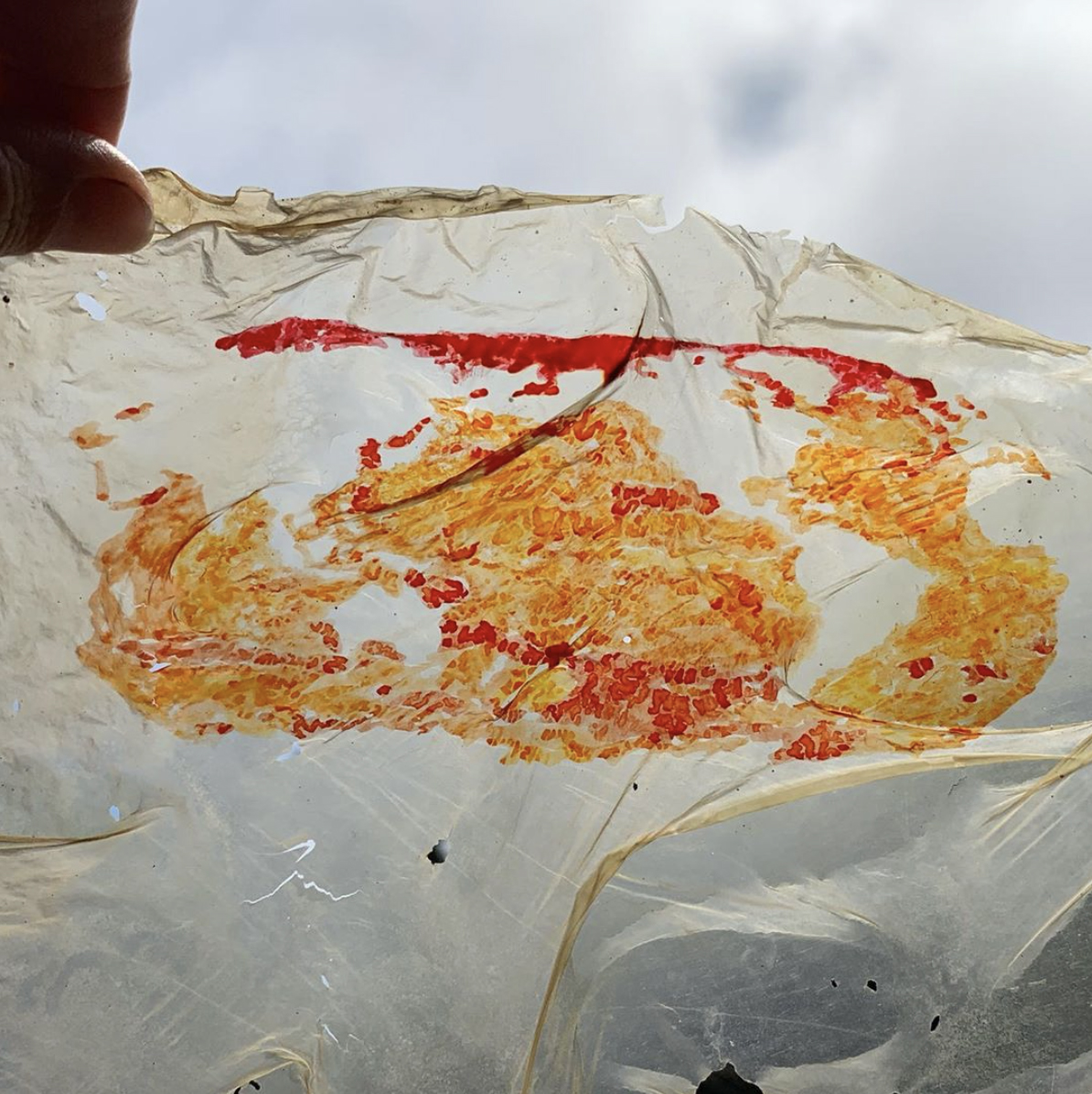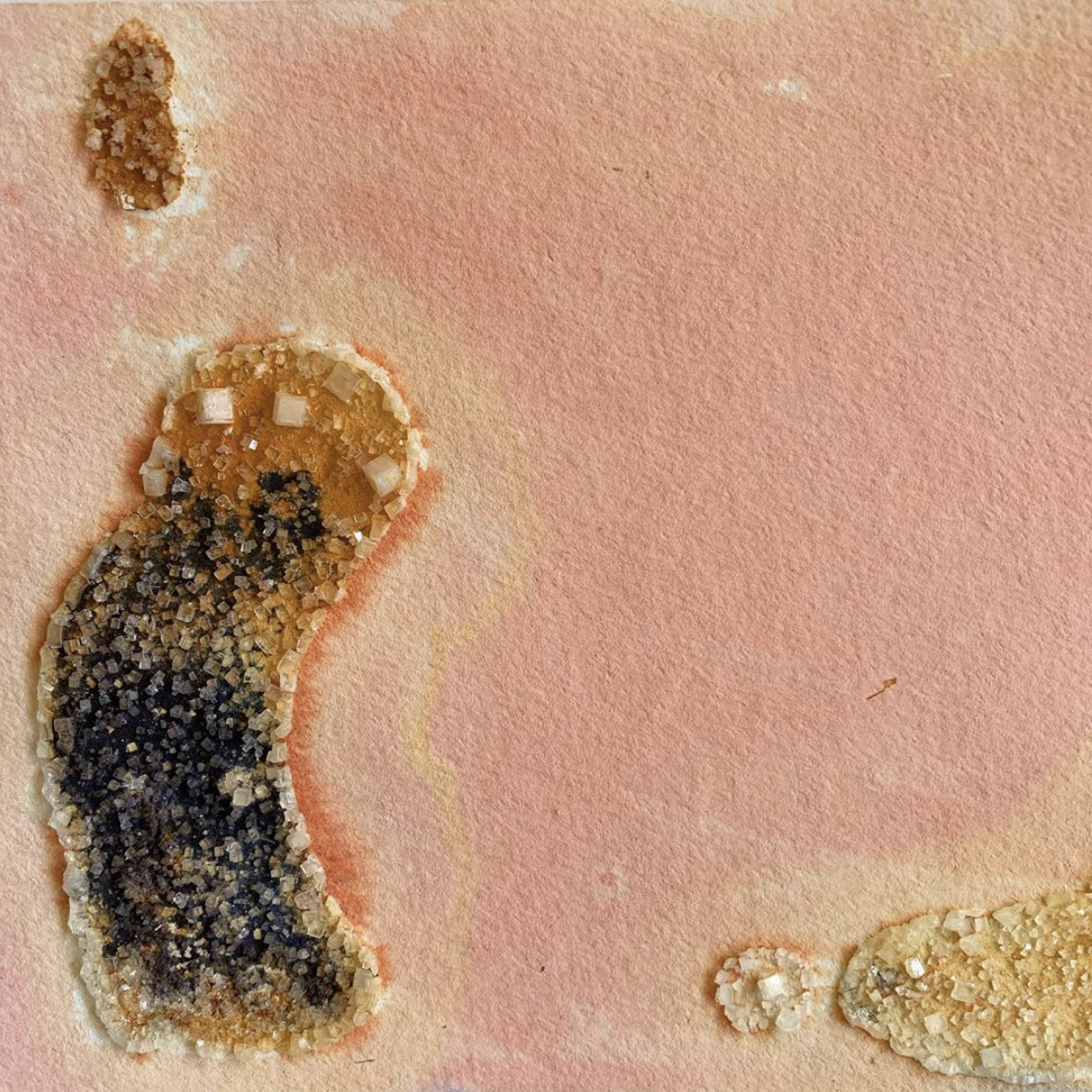For this @whatsnextforearth art call, I turned again to the UK’s Financial Times’s glossy magazine, How to Spend It, a paean to self-indulgence at any cost. Recently the mag had a major story about contemporary art in Marin County (of all places!). But it told the wrong story, featuring a small handful of famous and fortunate artists (and their privileged children), rather than the many talented, hardworking, and undersung artists living and working in Marin.
It pissed me off. It is not cool to turn a real place into a postcard, so I decided to cut the stuff (jewelry, cars, fashion) they are selling in HTSI out of the beautiful photos they printed of Marin.
What would it be like if we had to (or chose to) localize our consumption, if our watches and chairs had to come from where we live, without the option of jetting around the world to buy more stuff (including art)? There would be fewer jewels and Jaguars in the world — and all the injustice they require — that’s for damn sure.
Join The List
Want to hear from us occasionally? Subscribe to our newsletter
